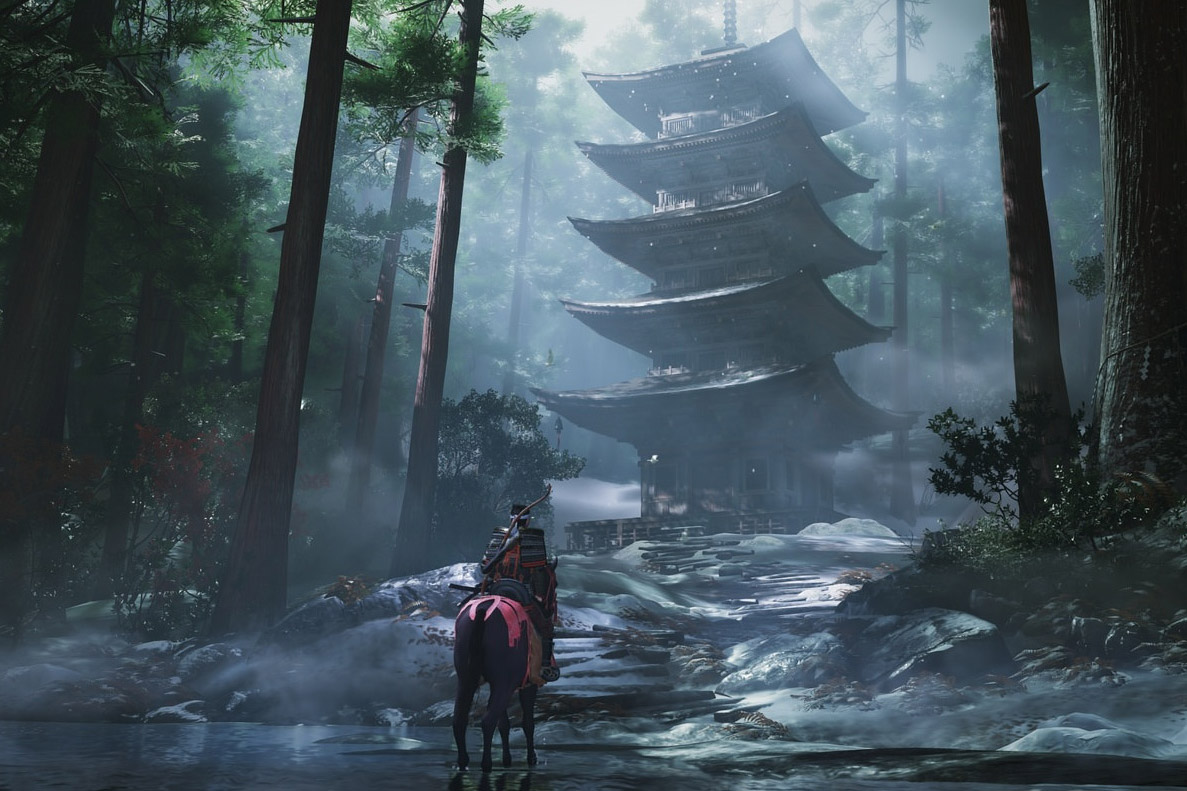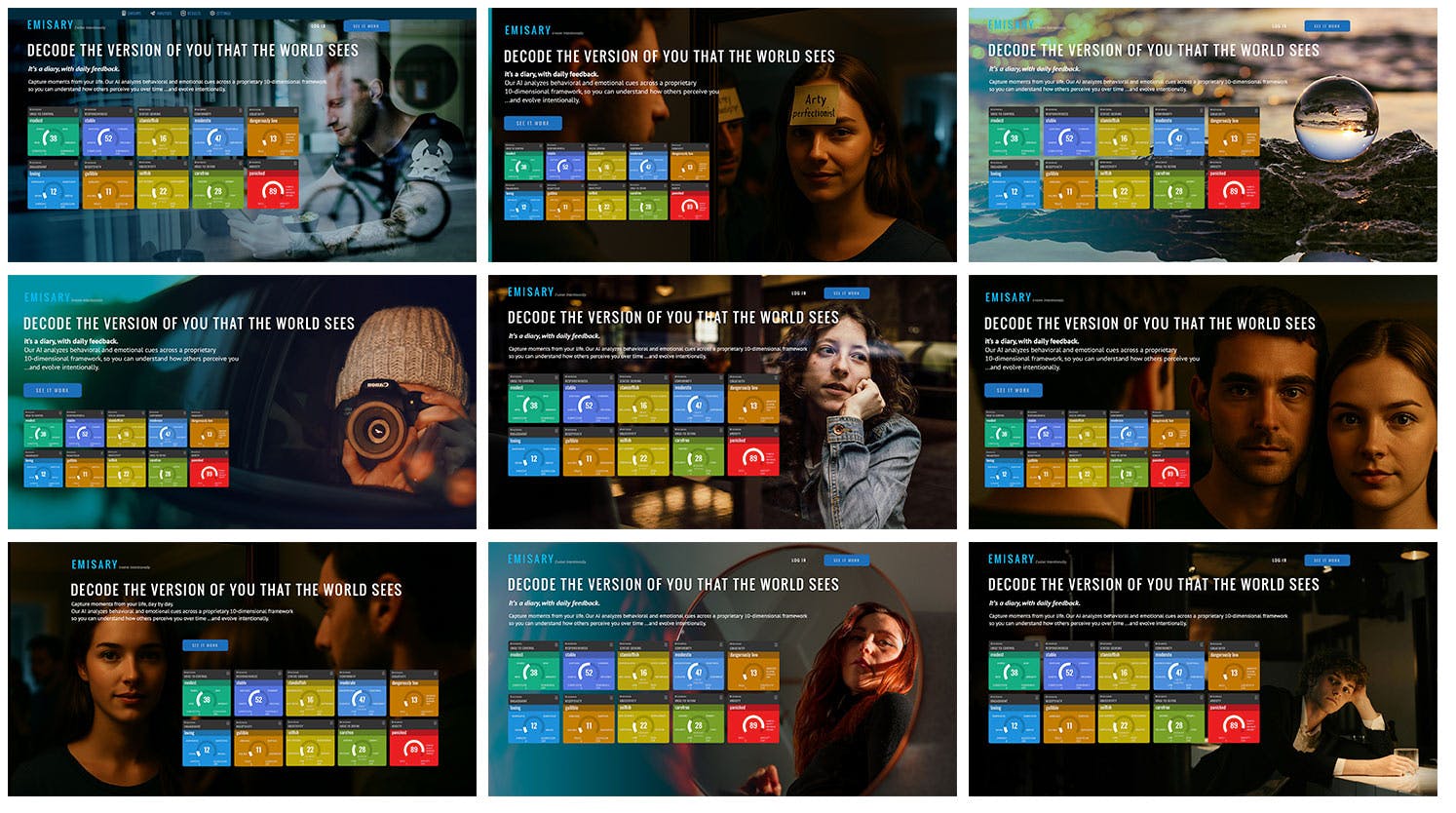From the early console days of the 80s and 90s, Japan had always been the spiritual home of games, but it’s only in recent years that culturally Japanese games have captured a wider imagination of gamers around the world. That’s not happened in a vacuum as there’s also been a newfound appreciation of Japanese media, from award-winning shows like Shogun to Netflix having the whole back catalogue of Studio Ghibli films, as well as a wide variety of popular anime.
Naturally, this means Japan’s legendary warriors, the samurai and ninja, have also been having a second wind, especially when applied to two popular gameplay styles, sword-based combat for the former and agile stealth for the latter. Here’s then a highlight of some of the best of this genre from the past decade not just from renowned Japanese developers but also Western indies that combine cultural reverence with fresh ideas.
Nioh (2017)

The most iconic ninja game stems back to the 8-bit Ninja Gaiden from the late 80s, which Team Ninja successfully rebooted as a hardcore 3D action series on the original Xbox. But after a hiatus, it re-emerged with a samurai game set during Japan’s turbulent Sengoku period, with a merciless melee combat system and careful ‘ki’ management that makes it stand toe-to-toe with Dark Souls, especially when fighting against fearsome historical samurai as well as legendary yokai beasts.
Sequels give you the option to create your own character, with the upcoming Nioh 3 also letting you switch to a ninja playstyle, but the original still holds up as the best with its fictional take on English sailor William Adams, one of the first foreign-born samurai, even if he resembles Geralt from The Witcher a tad much.
The Messenger (2018)


Okay, but what if Ninja Gaiden had continued in 2D? Back in 2018, we actually got the answer when Sabotage Studios made this side-scrolling action game that riffs on the 8-bit classic, with a clever twist. Partway through, your titular ninja protagonist travels to the future, which also transforms the linear platforming adventure into a more sophisticated 16-bit Metroidvania, with updated graphics and music.
It’s a terrific example of being inspired by retro while cheekily breaking beyond its constraints, with responsive controls (including a skilful cloudstep ability) and funny self-aware writing.
Sekiro: Shadows Die Twice (2019)


FromSoftware had been renowned for its brutal action RPG series Dark Souks, which is largely steeped in dark fantasy, but the studio has never been as tough and exacting a master as it has with making you a katana-wielding shinobi (essentially another word for ninja). While that gives you more options for aerial traversal or sneak attacks, more often than not, you’re still forced to confront the toughest opponents directly like any samurai warrior.
It’s punishing and relentless, forcing you to learn the rhythms of attacks until you can perfectly parry an enemy so that they’re staggered and open to a killing blow. Its singular design will ruffle feathers for players who preferred to create different builds or cheese their way through Souls bosses, but once you submit to Sekiro’s tutelage, it’s undeniably the best action game of recent times.
Samurai Shodown (2019)


Fighting games are notable for characters with a wide variety of martial arts, and there’s even a few iconic ninjas in some series, including Street Fighter’s ninja-in-training Ibuki and the fiery Mai in King of Fighters/Fatal Fury (even if she’s been at her best as a crossover character in Street Fighter 6). Then there’s this SNK classic dedicated to samurai in feudal Japan, though not without also throwing in some foreign-born warriors and monsters for variety.
This long-awaited reboot refreshes the look with stylish 3D graphics in Unreal while retaining its traditional Japanese aesthetics and a focus on precise punishing attacks over lengthy combos.
Katana Zero (2019)


If Hotline Miami was a side-scrolling action game where you instead play as a samurai in a neo-noir cyberpunk city, you’d get Katana Zero. There’s a lot of messy improvisation as you knock down doors and or chuck vases, as you try to stay alive – tough because just one hit will end you.
Fortunately you can also manipulate time, or rather your bathrobe-wearing assassin is actually preconceiving how each room plays out as you decorate the walls with the blood of your enemies. Its ultra-violent choreography and crunchy pixels are further elevated by a cinematic flair and a pulsing electronic soundtrack.
Like A Dragon: Ishin! (2023)


There’s no better example of our growing interest for Japanese-themed games than the Yakuza series, now better known as Like A Dragon, which has gone from a niche cult concern to a global hit. All the more ripe for this historical period drama spin-off, originally only released in Asia in 2014, to finally make it to our shores when it was remade.
To be fair, if you’re not familiar with 19th century Japanese history, it can be difficult to follow, but in a sign of being caught between tradition and modernity, you can fight with both a katana and a pistol. Naturally, there’s also random side activities that the series is known for but with a period twist, like working in an udon shop, trying to hold your drink while flirting with courtesans, or hours spent just farming.
Ninja Gaiden: Ragebound (2025)


This indie spin-off finally brings Ninja Gaiden back to its side-scrolling roots, to the extent of letting you play to the lead-up of the original game’s iconic opening cinematic. From there however, it splinters off to a new story where you instead of following series hero Ryu Hayabusa, you’re in control of redheaded ninja apprentice Kenji Mozu who also finds himself teaming up with an assassin from the Black Spider Clan. Combined, there’s some terrific mechanics notably a bouncing spin jump that’s great for traversal and countering.
It’s a return to form, as the gorgeous pixel art and smooth action looks and feels better than anything you could have dreamed of in the 8-bit era. With a clever scoring system that takes into account speed, kills, combos, challenges and collectibles before awarding your grade in that mission, it’s sure to incentivise replays to become a master ninja.
Shinobi: Art of Vengeance (2025)


One of Sega’s classic franchises has been dormant for a while after its PS2-era 3D games didn’t exactly make much of a splash, so it’s a delight that its 2D revival, handled by the same indie team behind the incredible revival of Streets of Rage, is nothing short of a work of art. It’s not just the impeccable animations but the hand-illustrated stages are so dazzling, from a fish market to a village holding a lantern festival, you might even forget you’re on a journey of vengeance.
Fortunately, you’re well equipped to dish that out too with some impressive combos and the ability to stagger a string of enemies that can then all be executed in one go. Another surprise is that this mission-based action game is also slightly Metroidvania, as you unlock new abilities, which you can then quickly jump back into earlier stages to uncover new secrets and challenges.
Ghost of Yotei (2025)


You’ll have to owe the rise and popularity of samurai blockbusters to Ghost of Tsushima, the last major PS4 exclusive, which can still stand toe-to-toe as one of the most picturesque games of this generation. It’s only bested by its new sequel that truly feels like a PS5 exclusive, squeezing every bit of the hardware’s features from near-instant loading without even revisiting the title screen to novel painterly uses of the DualSense touchpad.
That said, Tsushima also felt like a dated amalgamation of other open world games, and spent a bit too much time trying to look cinematic rather than being actually fun to play. Yotei doesn’t fix all those problems but it is an improvement by way of having a far more interesting protagonist. Orphaned warrior Atsu, whose quest to hunt down the masked killers and their cruel lord responsible for massacring her family and leaving her for dead, may echo the plot in Assassin’s Creed Shadows but it’s handled with greater expedience (the first of your targets gets their just desserts in the tutorial mission). Without the awkwardness of switching between characters or being guilted into clichés about honour, she’s a versatile fighter who can use whatever means to get one step closer to justice, while you’re only a montage training away from having a master teach you a new weapon.
Its open world may still feel like filler, especially when its strongest moments are more story-driven based on the bonds between new allies, giving a similar vibe to a Naughty Dog game. But when you’re not cutting down bandits and ronin, just riding through Ezo’s gorgeous landscapes and abusing the photo mode is a treat in itself.
Onimusha: Way of the Sword (2026)


Given it was originally based on the classic Resident Evil formula, from tank controls to pre-rendered backgrounds (remasters of the first two games are available on modern platforms), the upcoming new entry to this long-dormant series is a much needed update to modern 3D action standards.
Fortunately, it’s not basing itself on Soulslikes, even if your samurai Miyamoto Musashi (modelled after legendary Kurosawa actor Toshiro Mifune) wields a mystical talking gauntlet that absorbs souls. Parrying is still important but not as demanding as Sekiro’s. Instead, there’s greater emphasis on just looking cool with flashy executions or the playful way you can parry then steer an enemy into another direction for some environmental slapstick.
If Capcom’s track record is anything to go by, this is going to be another cracking revival.











